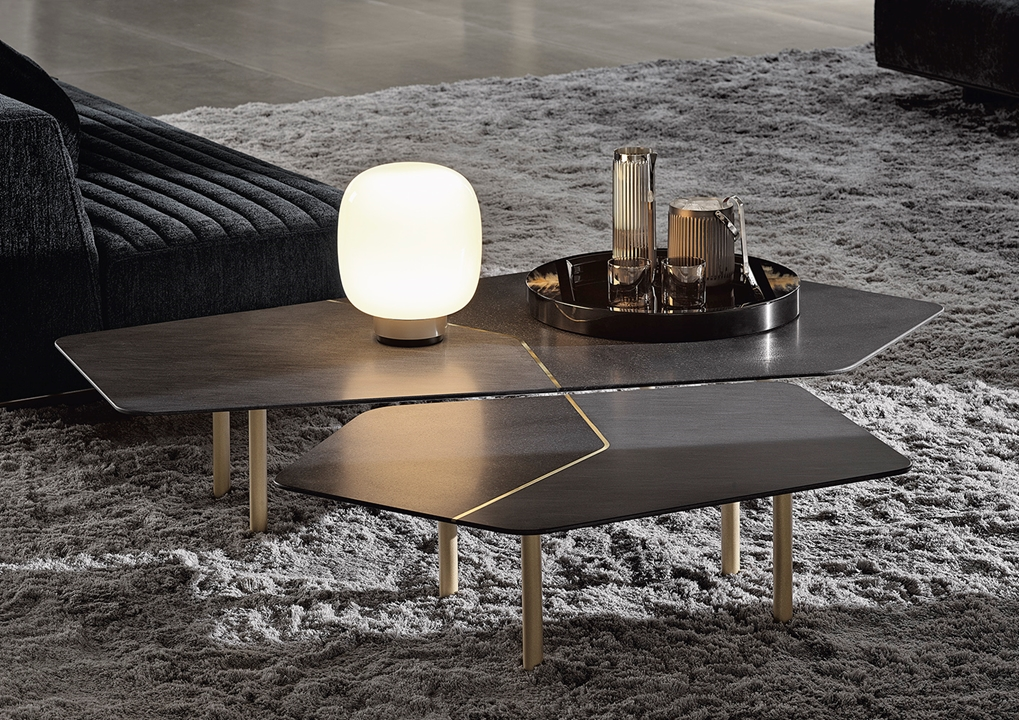Balance is one of the main principles of design, and it adds stability, harmony, and unity to any space. Balance in the visual composition and space makes sure that one element does not dominate the others. It helps the eye flow easily through a design, generating a sense of wholesomeness and arrangement.
Design has three main kinds of balance: symmetrical, asymmetrical and radial. All of them produce varying types of visual experiences, yet they are all meant to bring about equilibrium.
Symmetrical balance is the reflected content on both sides of the central axis. You can often find it in classical buildings and formal interior design, where symmetry is created by repetition and alignment. This kind of balance comes with tranquillity, familiarity and convention. It's especially effective in spaces meant for reflection, focus, or ceremonial use.
Asymmetrical balance is more contemporary and active, though. It is an Alternative to mirroring and consists of balancing items of varying size, colour or visual weight to harmonise the result. As an illustration, a big sofa in one part of a room can be balanced with two smaller chairs in the other. Asymmetry gives the possibility to be creative and have motion while having a feeling of order.
Radial balance happens when items are arranged to emanate out of a focal point, such as a circular rug in the centre of chairs or a chandelier at the centre of a ceiling. It emphasises and generates a powerful centre of interest, which usually brings harmony and progression.
Balance in environmental and interior design is visual and goes towards a place's functionality and feel. A balanced room promotes circulation and comfort and does not overburden the senses. It is especially relevant in people's circulation, such as libraries, parks, or offices, where the circulation of people in the space and their interaction with it must be comfortable and unforced.
Sustainable design also insists on the aspect of balance. For example, it could be harmonising natural and artificial light or combining hard and soft materials to enhance energy performance and visual comfort. That way, the functional demands can be fulfilled without dismissing aestheticism and the ability to evoke emotions.
Finally, balance involves considerate placement and proportion. It is a silent partner in design, not usually noticed when it is good but instantly noticed when it is not. The balance in designing a minimalistic studio or a colourful community centre illustrates achieving visual harmony and spatial comfort.














